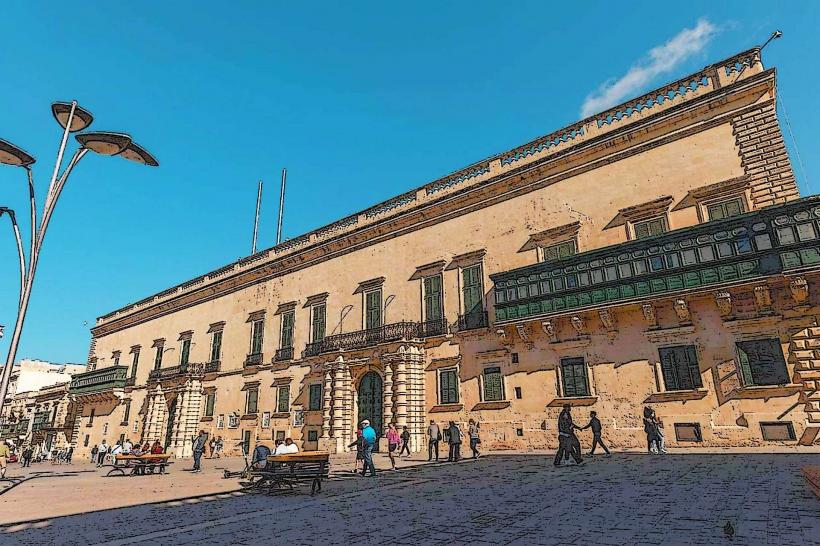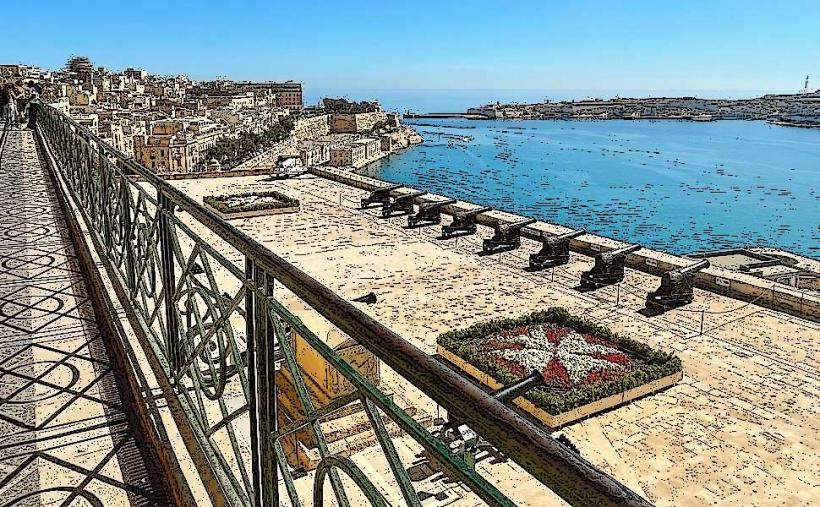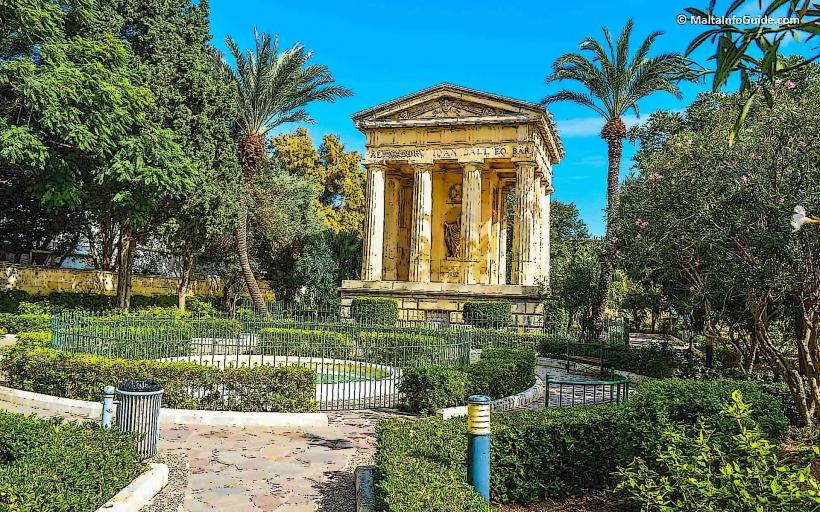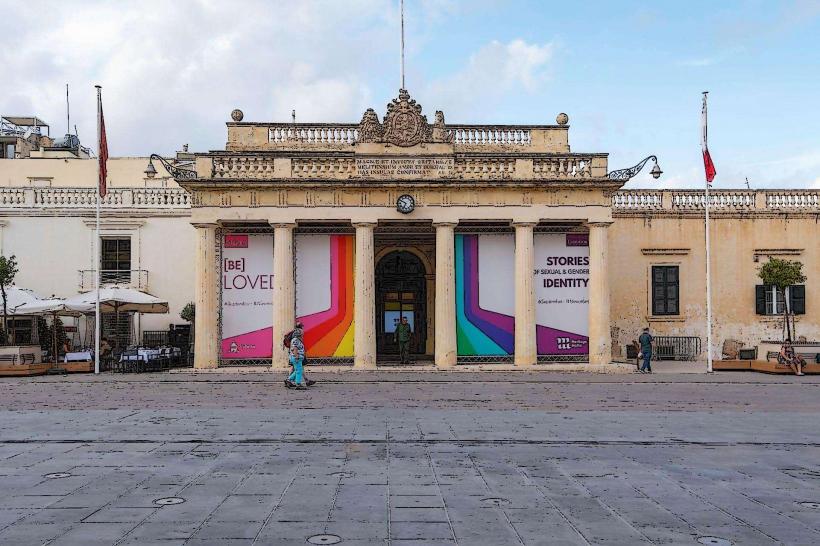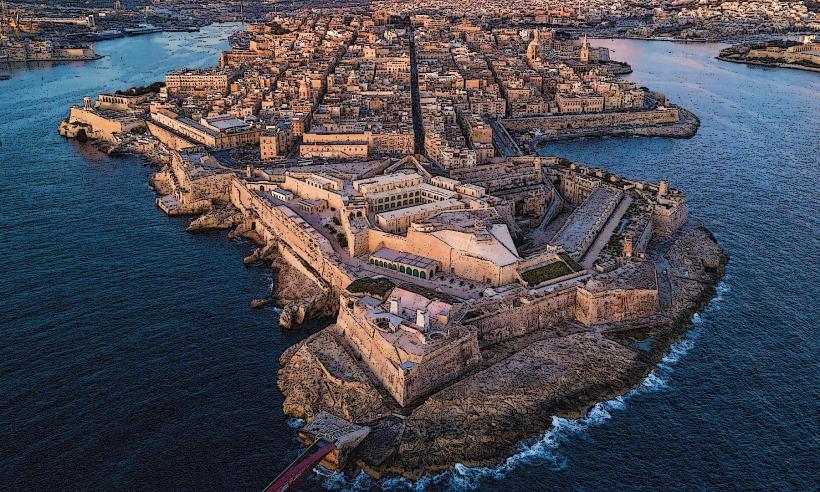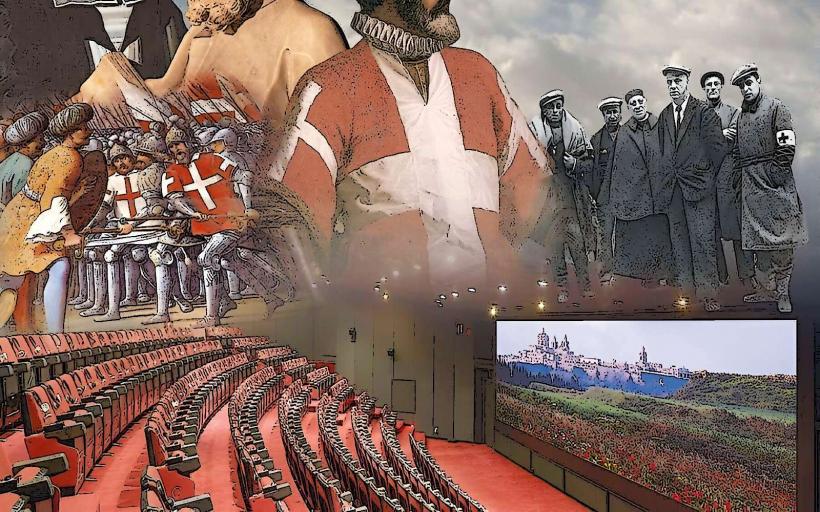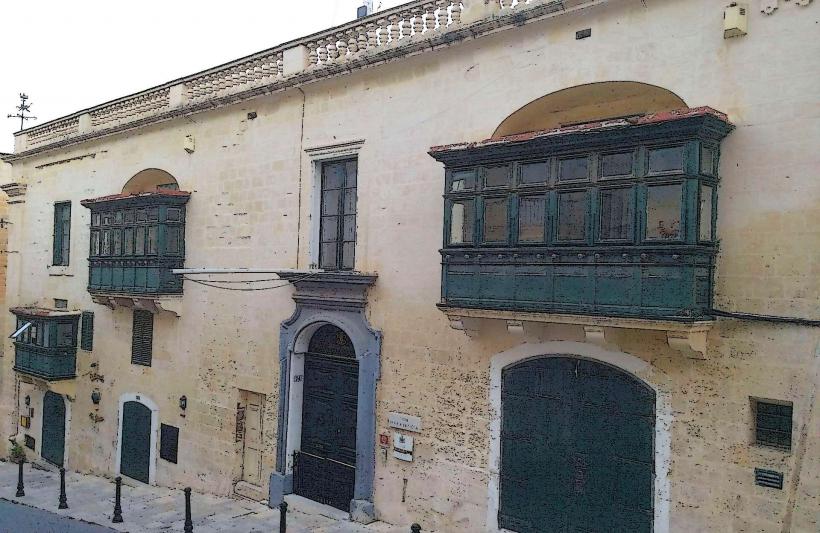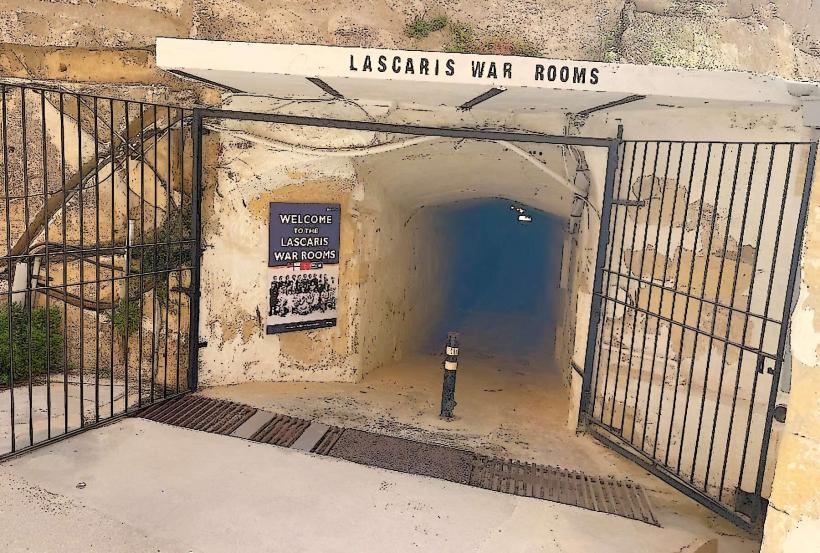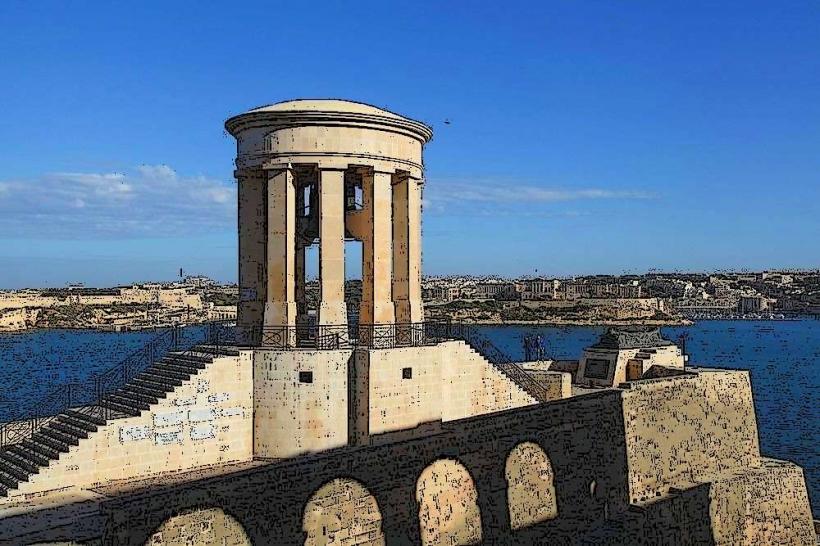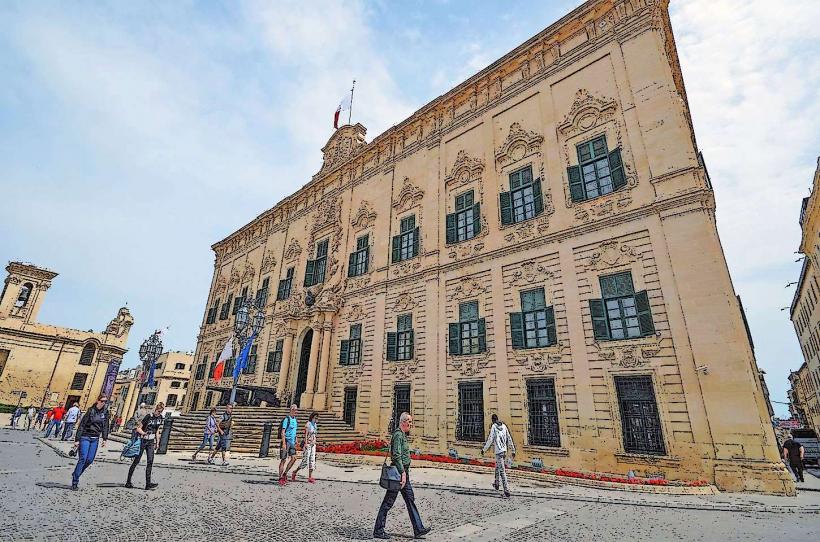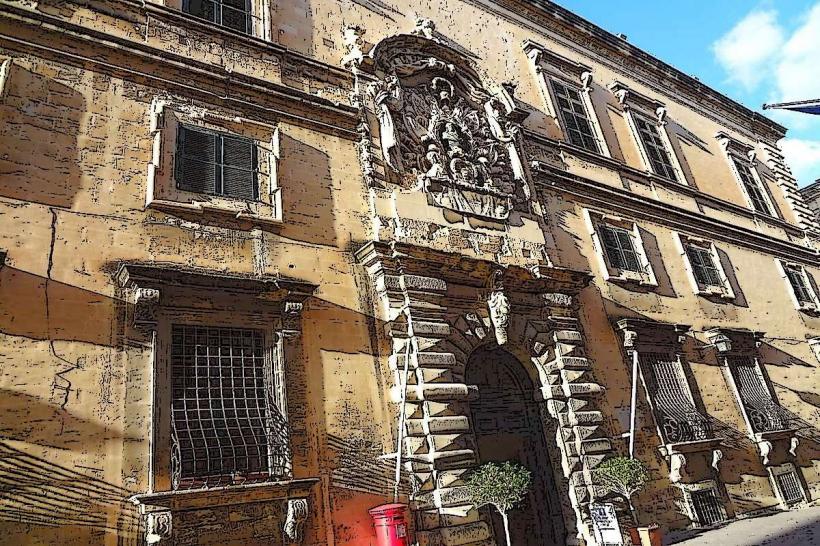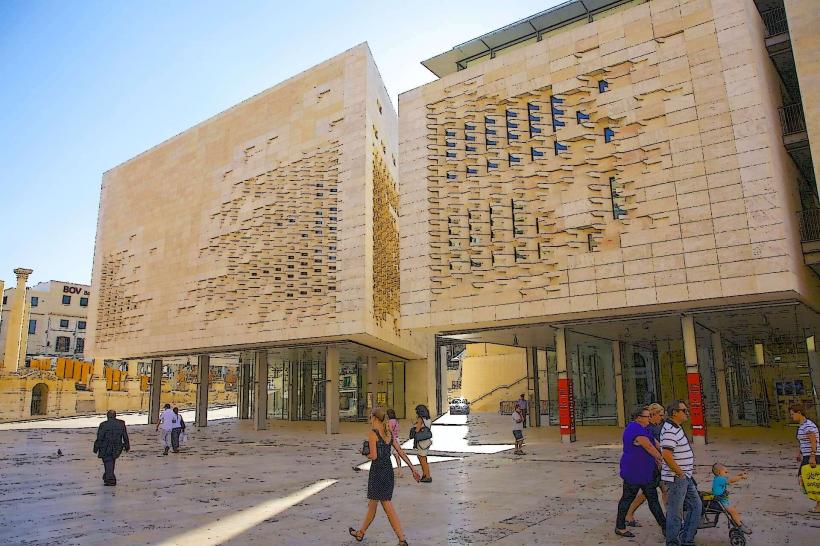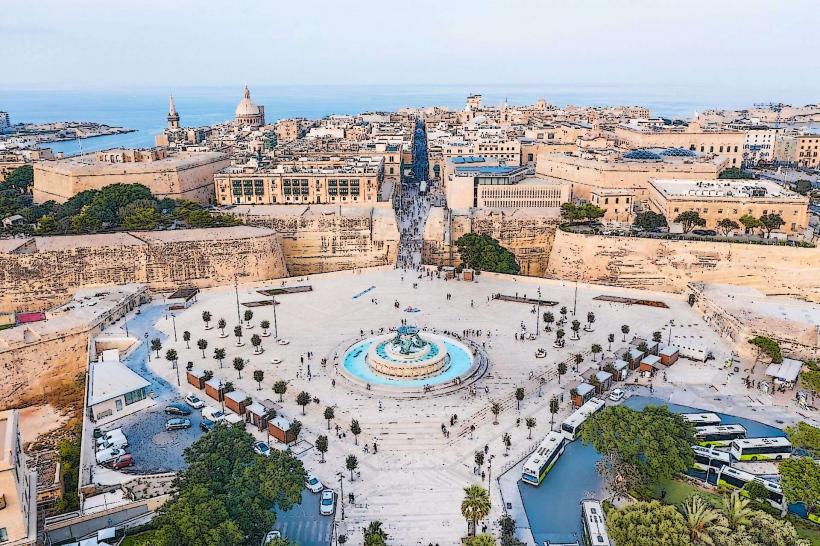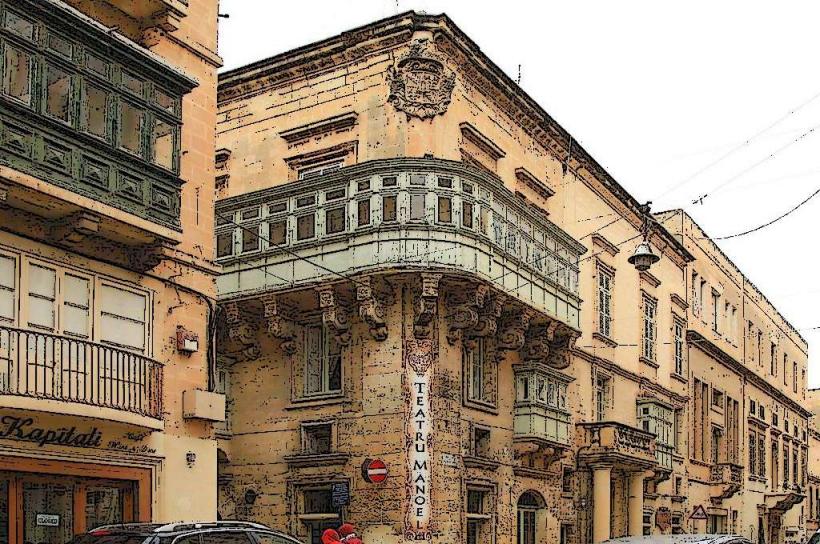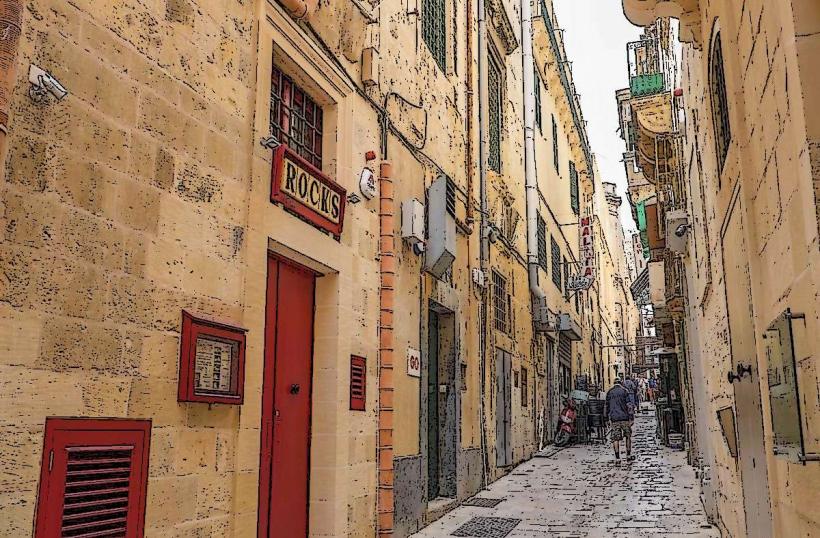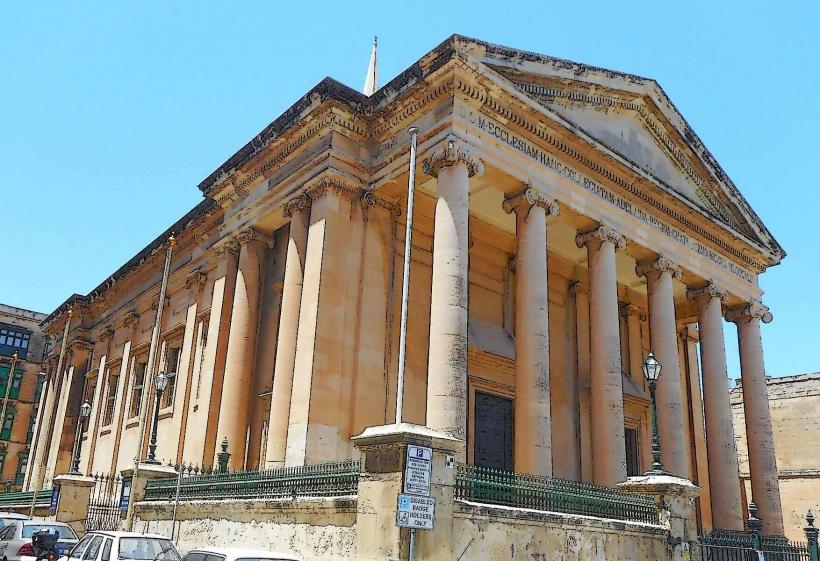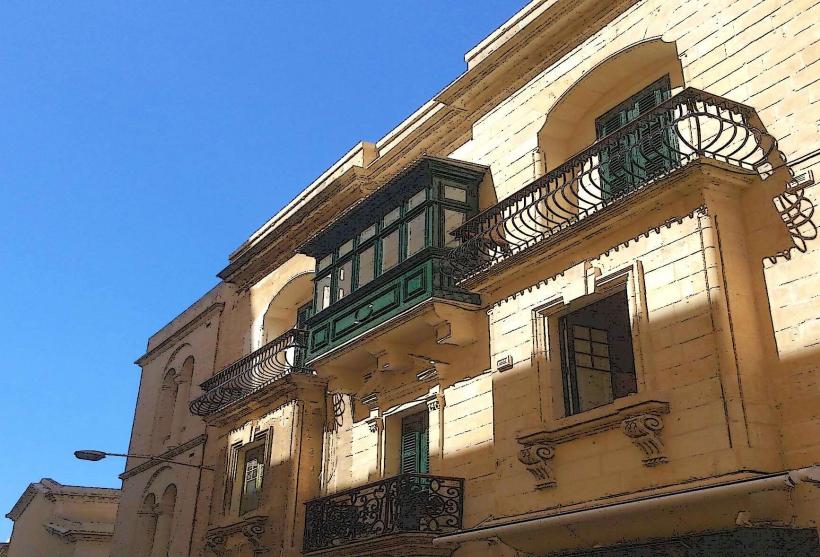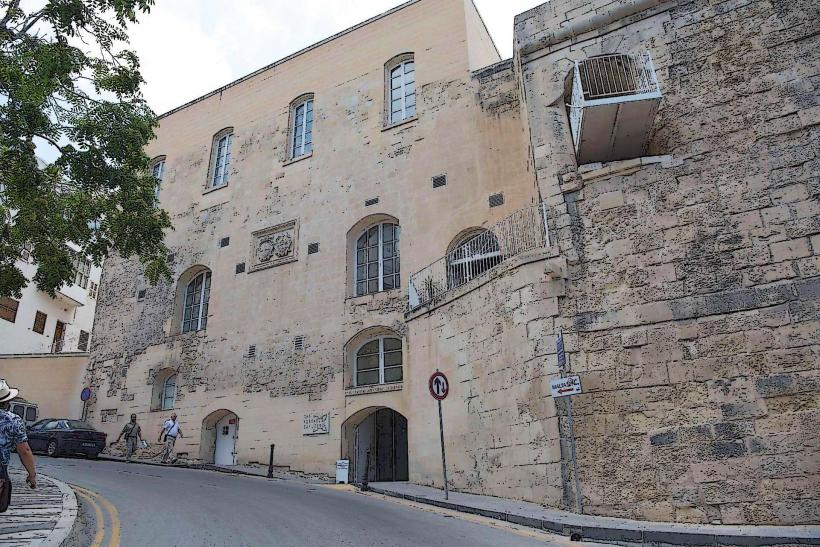Information
Landmark: Victoria GateCity: Valletta
Country: Malta
Continent: Europe
Victoria Gate is one of the historic entrances to the city of Valletta, Malta. It serves as a notable landmark and provides a link between the city's fortified walls and the outside world. The gate is named after Queen Victoria, who reigned over the British Empire from 1837 to 1901.
History and Significance
Construction: Victoria Gate was designed by the British architect William Scamp in 1853, during the time of British colonial rule in Malta. It was part of a larger initiative to improve the defensive fortifications of Valletta, which had been constructed centuries earlier by the Knights of St. John. The original baroque entrance to Valletta, Kingsgate, was no longer sufficient for the growing needs of the city, and thus, the more modern Victoria Gate was created.
Queen Victoria: The gate was named in honor of Queen Victoria, recognizing the island's loyalty to the British crown. During her reign, Malta was an important base for the British navy, especially in the Mediterranean. The naming of the gate was a tribute to the British presence on the island.
Architectural Style: The design of Victoria Gate reflects the neoclassical and military architectural styles of the 19th century. While its purpose was primarily military, to enhance the city's fortifications, it also served a symbolic function, commemorating the importance of the British Empire in Malta's history.
Design Features
The Structure: Victoria Gate is built with strong, defensive features, including thick stone walls and archways designed to withstand enemy attacks. The gate itself is a large arched entrance with intricate stonework and a set of iron doors. Its design was intended to control access to the city, allowing for the movement of both people and military units, while also serving as a symbol of power and control.
The Clock: One of the most noticeable features of Victoria Gate is the clock above the entrance, which has become an iconic aspect of the structure. The clock is an important historical element, having guided the people of Valletta for generations.
Plaques and Inscription: The gate bears plaques commemorating the construction of the gate and its dedication to Queen Victoria. Visitors can see inscriptions that acknowledge the British influence on Malta during the Victorian era.
Victoria Gate's Role
Historical Gateway: As a main entrance to Valletta, Victoria Gate was once a major access point for trade, military personnel, and travelers coming to the city. Its location helped control the movement of people into the fortified capital.
Strategic Importance: The gate played a strategic role in the defense of Valletta, one of the most heavily fortified cities in Europe. It was a critical part of the city's military defenses, particularly during the times of the British Empire when Malta was a crucial naval base.
Modern-Day Use: Today, Victoria Gate is primarily a tourist attraction, providing visitors with a glimpse into the city’s rich historical past. The gate is still used as a point of entry into Valletta, and it serves as an important junction between the historic city and modern-day life. It is also an important part of the Valletta Heritage Trail and is featured in tours that highlight the city’s architectural and colonial history.
Visitor Experience
Walking Through History: Entering Valletta through Victoria Gate offers visitors a sense of stepping back in time. The gate itself, with its historical significance and architectural grandeur, provides an evocative introduction to the city.
Access to the City: Victoria Gate connects visitors to the eastern side of Valletta, leading towards the National Museum of Archaeology, St. John's Co-Cathedral, and other notable landmarks. It's a convenient access point for tourists exploring the city's main attractions.
Surrounding Area: The area around Victoria Gate includes several other important historical sites, including the Upper Barracca Gardens and Fort St. Elmo. The gate provides a picturesque entry into Valletta, often serving as a gateway to both the cultural and scenic aspects of the city.
Why Visit Victoria Gate?
Historical Importance: Victoria Gate is an important historical monument that reflects Malta’s colonial past under British rule. It serves as a reminder of the island’s military and defensive history, particularly during the 19th century.
Architectural Appeal: The gate is an impressive example of 19th-century military architecture and neoclassical design. Its presence adds to the charm of Valletta’s fortified cityscape.
Strategic Location: Victoria Gate is a significant entry point to Valletta, offering easy access to many other historical sites and cultural landmarks in the city. It’s an ideal starting point for a walking tour of Valletta.
Symbol of British Influence: The naming of the gate in honor of Queen Victoria reflects the strong British presence in Malta during the 19th and early 20th centuries, offering a glimpse into the island’s colonial history.
Nearby Attractions
Upper Barracca Gardens: Located a short walk away, these gardens provide spectacular views of the Grand Harbour and Three Cities, along with a peaceful setting to relax.
National Museum of Archaeology: Just down the road from the gate, this museum houses fascinating collections of prehistoric artifacts, offering insight into Malta's ancient past.
St. John's Co-Cathedral: A major historical and religious site in Valletta, known for its stunning Baroque architecture and famous Caravaggio paintings.
Fort St. Elmo: This fort is located nearby and houses the National War Museum, detailing Malta’s military history, including its role during World War II.
Victoria Gate remains one of the key historical landmarks in Valletta, offering both a literal and symbolic entry into the city’s rich past.


